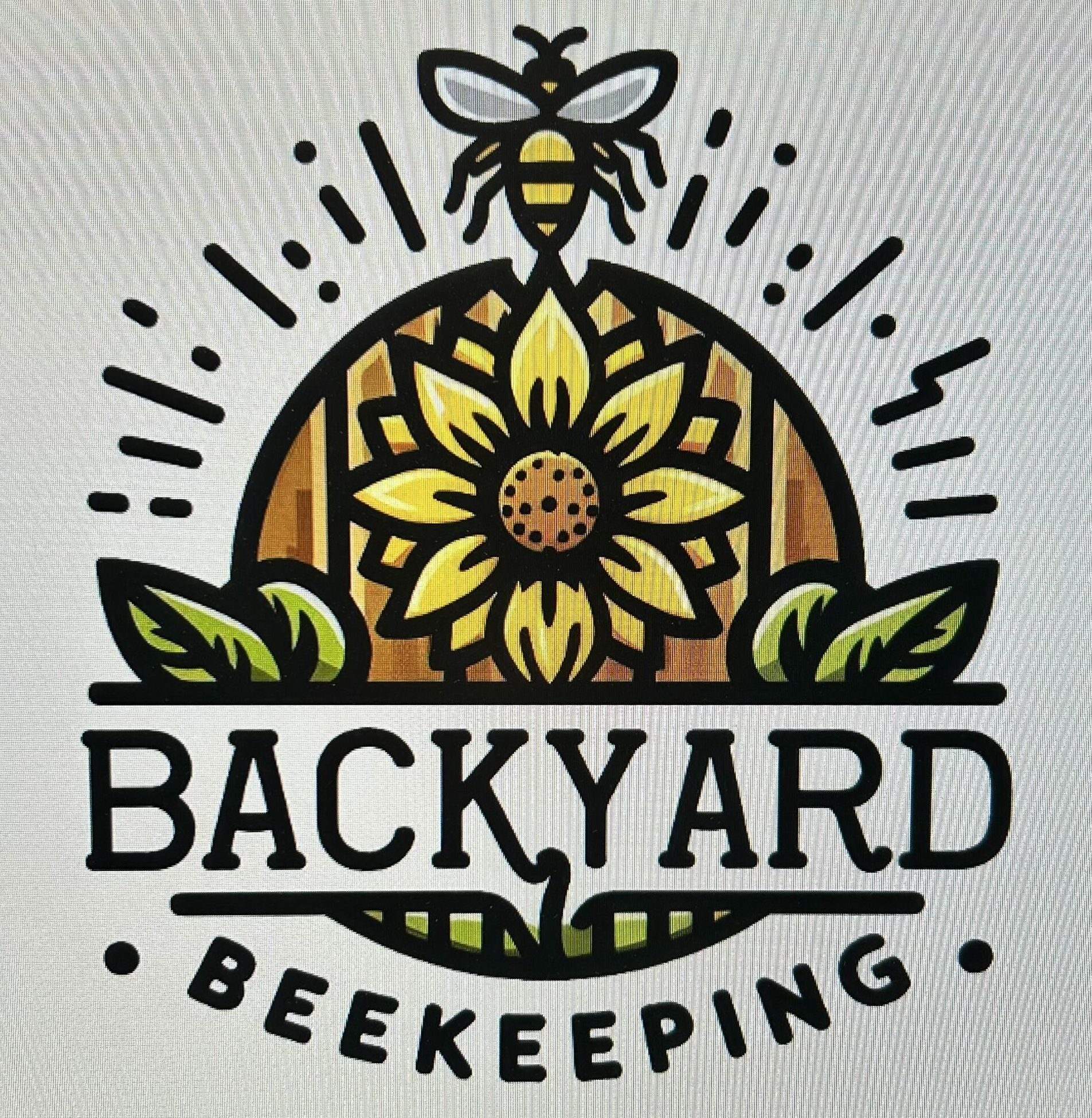Why Honey Crystallizes and How to Fix It
- Understanding the Science Behind Honey Crystallization
- Factors That Influence Honey Crystallization: Temperature, Sugar Content, and Pollen
- Is Crystallized Honey Safe to Eat? Benefits of Crystallized Honey
- How to Prevent Honey from Crystallizing: Storage Tips
- Simple Methods to Make Crystallized Honey Liquid Again
- Alternative Uses for Crystallized Honey
Why does some honey crystalize faster than others…Crystallization of honey is completely natural and does not change the quality or flavor of honey. Honey is a supersaturated solution of sugars in water. Honey is made up of over 72% sugar and 18% of water. Over time, it will naturally crystalize until the sugar and water are completely separated. The two major sugars found in honey are glucose and fructose. Raw honey also contains small particles like dust, seed crystals, propolis, beeswax and pollen which can be catalysts for crystallization. Crystallization is a natural process and through granulation does alter the color and texture, but it does not change the flavor of the honey. Over time, real raw honey will take on a white, hard appearance. It could become half solid, fully solid, or even crunchy. No need to worry, this just means you are getting real, raw unfiltered honey, not honey flavored invert syrup. When you purchase honey from a grocery store that honey is typical filtered and pasteurized to prevent fermentation and slow crystallization. It’s put through a fine strainer to remove pollen, beeswax and any other impurities. They also heat the honey from 150 ° f to 160° f and then cool quickly. This kills the honey’s enzymes and any wild yeasts. Different types of honey will crystallize faster than others based on regional differences, such as flowers bees are visiting. As you explore different types of honey, you’ll notice that some varieties are more prone to crystallization than others such as: Mesquite blossom, Sunflower blossom, Cotton blossom or Canola blossom that will crystallize quickly. Lighter honey. Clover: medium-slow rate of crystallization, sweet flavor. Darker honey Wildflower: varies in crystallization speed, rich floral notes. Honey with higher glucose content tends to crystalize more quickly compared to those with lower levels. Glucose tends to be less soluble. Temperature also plays a crucial role in honey crystallization. During colder months, honey tends to crystallize more quickly due to the lower temps. Warmer temperatures in Texas tend to slow down the process. So, let’s talk about how to store honey to help minimize crystallization. First an effective way is storing it the warmest temperature in your kitchen. Avoid exposing your honey to cooler temps. Storing honey in the normal freezer will keep it from crystallizing. However deep freezing, under 0°f will make it crystallize very rapidly. You can enjoy crystalized honey on toast or mix it into a salad or oatmeal. It gives a wonderful, sweet crunch. Put it on a warm biscuit or toast and the heat from the bread will allow it to melt. Add to coffee or tea and it will reliquify while it sweetens your drink. So how do you decrystallize your honey?Take a large bowl, fill it with warm water and let your honey sit in it until the crystals melt away. Just don’t heat over 110°f to maintain all the beneficial microbiology.Keep it in a warm sunny windowPlace the jar in a sunny location outside. 105°f is the temp for runny honey. Understanding the crystallization is a sign the honey has been mindfully harvested and minimally processed to keep all the beneficial properties intact. Don’t let the crystals fool you into thinking your honey is gone bad!

“
If you would like to receive the monthly newsletter from Beewhisperer360 drop your email address in the comments section.
